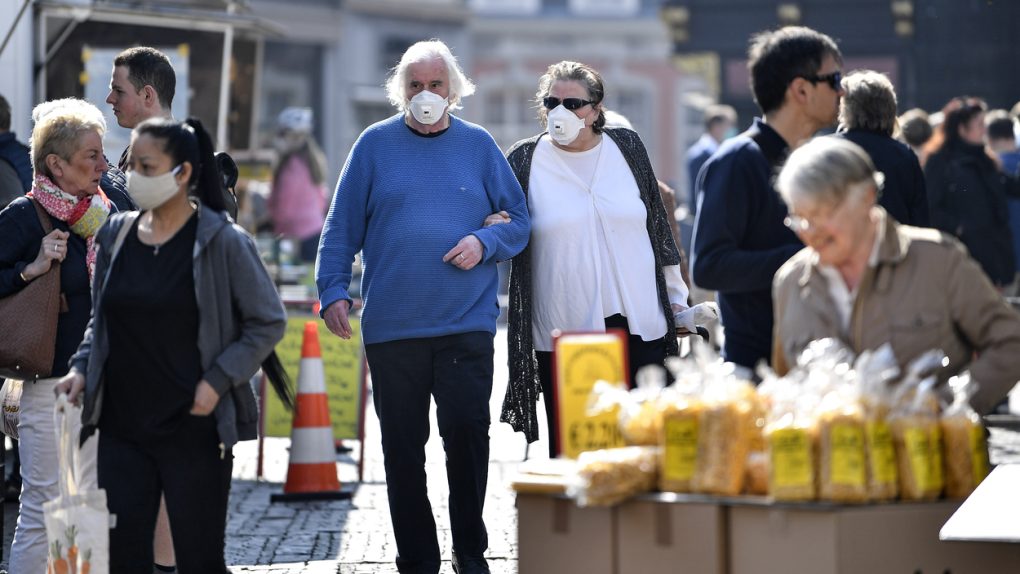- The CDC has issued guidance for “reopening the country” even as the coronavirus timeline remains unclear.
- Many of the recommendations are things we’ve heard before, like maintaining social distancing and avoiding contact with just about everyone.
- The document covers the reopening of schools, bars, restaurants, and more.
- Visit BGR’s homepage for more stories.
The novel coronavirus pandemic is still in full swing here in the United States. Some states are faring better than others, but if you bother to glance at the daily tallies of new cases it’s clear that we’re not out of the woods yet. Despite that, the powers that be have decided it’s time to start “reopening the country.”
It’s going to be a slow process, with individual states and even cities issuing their own timelines for when things will reopen and services will return to normal. For its part, the Centers for Disease Control and Prevention has issued its own lengthy document detailing its guidelines for getting the country back on its feet.
The full guide (available here in PDF form) is absolutely huge, spanning 60 pages that address a number of specific questions that people like business owners might have. It also reveals how the government plans to track the spread of the coronavirus as new cases inevitably pop up.
There are guidelines for schools and restaurants as well as public transit systems. For the most part, it’s much of what we’ve already been doing with social distancing. We stay six feet apart from people when passing them in the store (or at least you’re supposed to), and the CDC recommends that schools place student desks at least six feet apart.
For restaurants and stores, touchless payment options are a must. Disposable utensils at eateries and bars are recommended, as are disposable menus. As you read through the long list of recommendations it becomes clear that we’re going to be throwing away a lot of stuff.
The government also wants to emphasize the importance of contact tracing. Contact tracing is simply finding out who a newly-infected person has been near, where they traveled, and who is most likely to also be infected. It’s vital to slowing the spread of the disease as it can catch asymptomatic patients before they even realize they’ve been infected. In countries where the pandemic was met with a swift and appropriate response (not the U.S.), robust contact tracing is credited with preventing a fast-moving spread.
There’s obviously a lot to read in the report, and if you feel like diving in it’s definitely interesting. Of course, the success of all of this depends entirely on people following the rules, like wearing masks in public places, and as we’ve already seen, that might be the biggest hurdle of all.








